Click-through pages often referred to as landing pages, serve as gateways to deeper engagement, driving users to take specific actions, such as making a purchase, signing up for a newsletter, or downloading a resource.
Click-through pages are invaluable tools for businesses seeking to engage and convert their target audience.
Click-through pages are standalone web pages designed with a singular purpose: to entice visitors to click through to another page, typically a sales page or a registration form.
Unlike homepages or content pages, which may have multiple objectives, click-through pages are laser-focused on driving conversions. They serve as virtual sales representatives, guiding prospects through a predetermined journey and nudging them toward the desired action.
Key components of effective click-through pages
Understanding the key components of effective click-through pages is essential for several reasons. It enhances user experience, ensuring that visitors find relevant information easily and navigate seamlessly towards conversion goals.
By optimizing these pages based on proven components, businesses can maximize their return on investment (ROI) from digital marketing efforts, driving higher-quality leads and sales. Here are the top 5 key components of an effective click-through page.
1. Compelling headlines
Grabbing attention from the outset is crucial. A concise, attention-grabbing headline sets the tone for the page and communicates its value proposition.
For example, “Unlock Exclusive Access” or “Get 50% Off Today” are compelling headlines that prompt users to explore further.
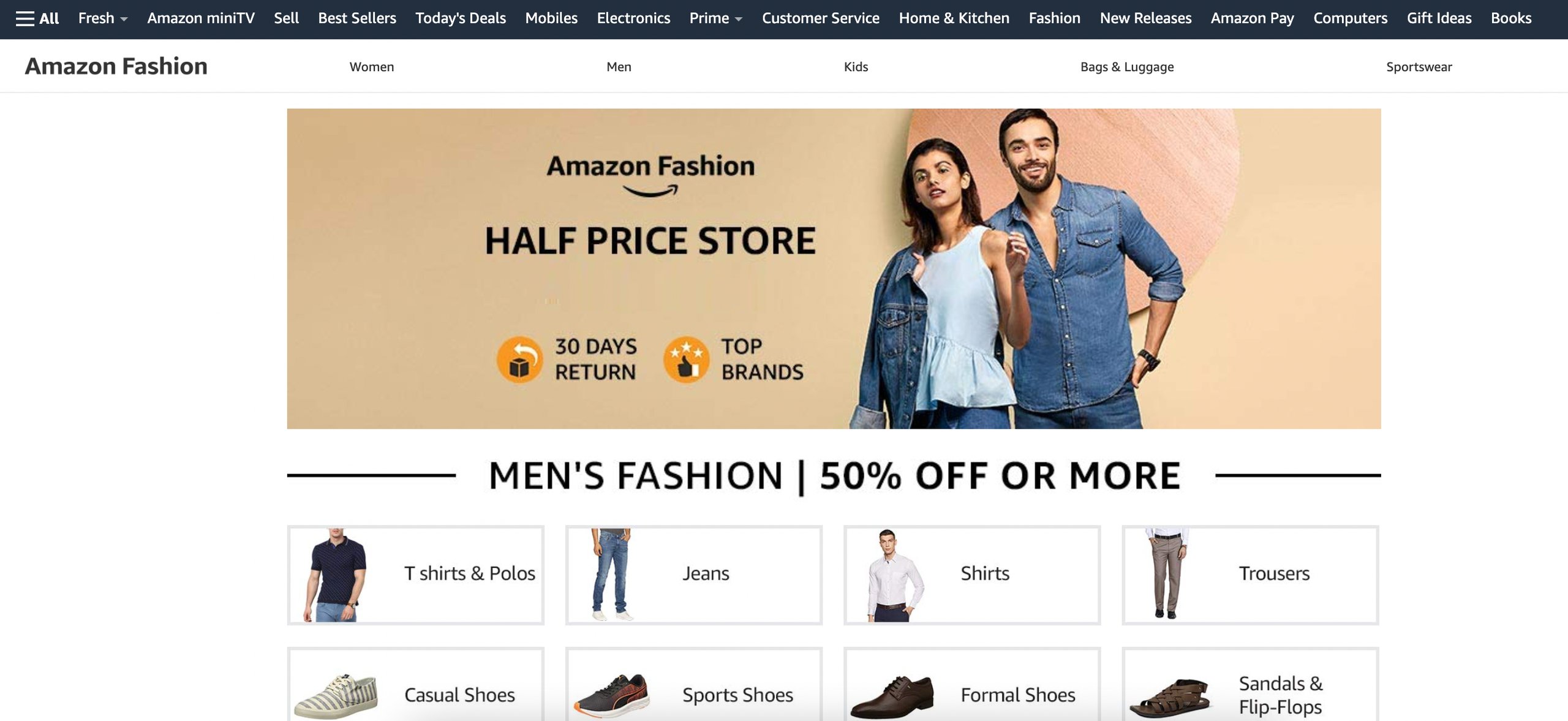
2. Clear CTA
The CTA is the key influencer of any click-through page. It should be prominently displayed and clearly articulate the desired action, whether it’s “Shop Now,” “Start Free Trial,” or “Request Demo.”
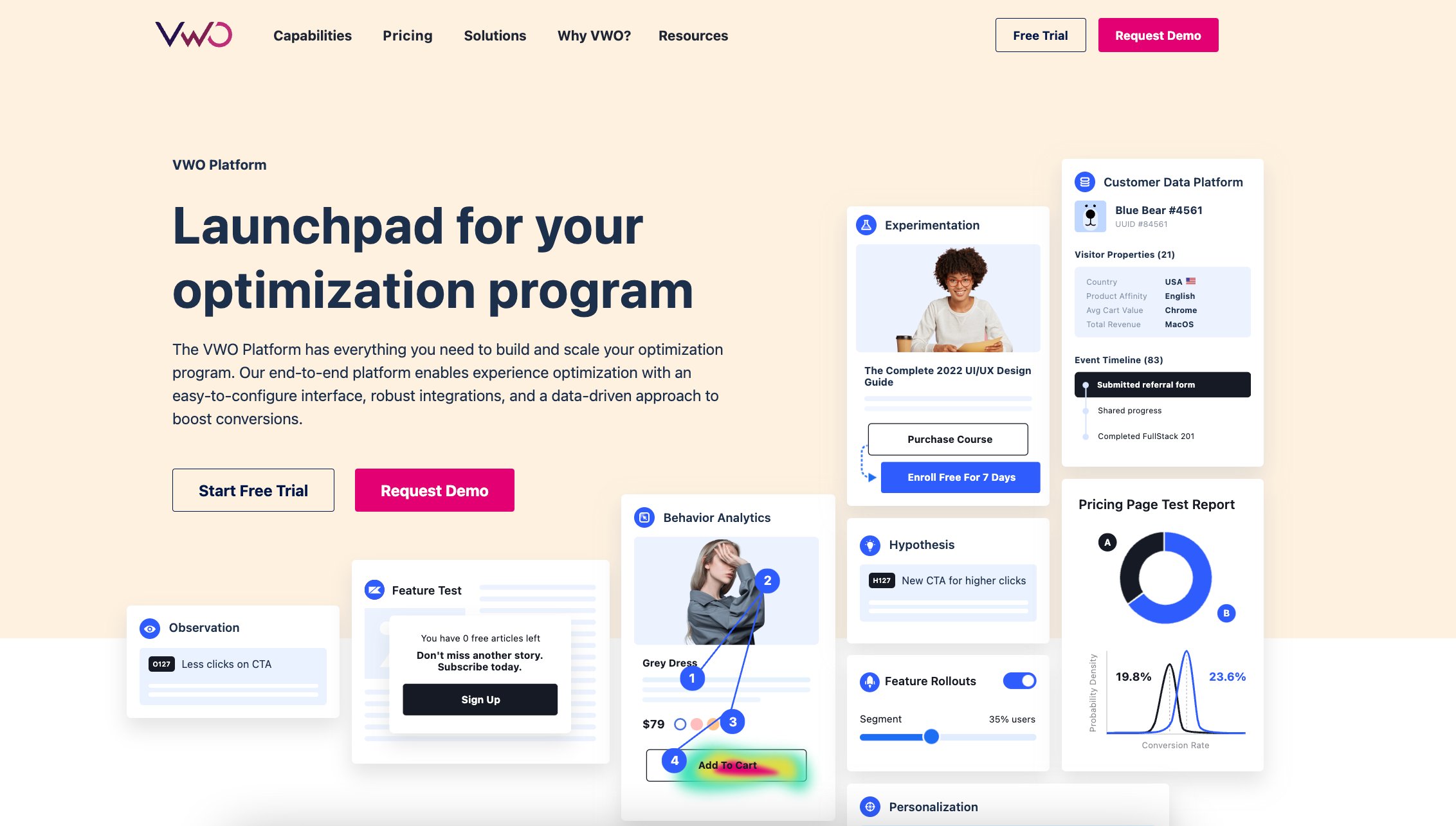
3. Engaging visuals
High-quality images or videos can captivate visitors and reinforce the page’s message.
For example, an eCommerce click-through page might showcase product images from different angles to entice shoppers.
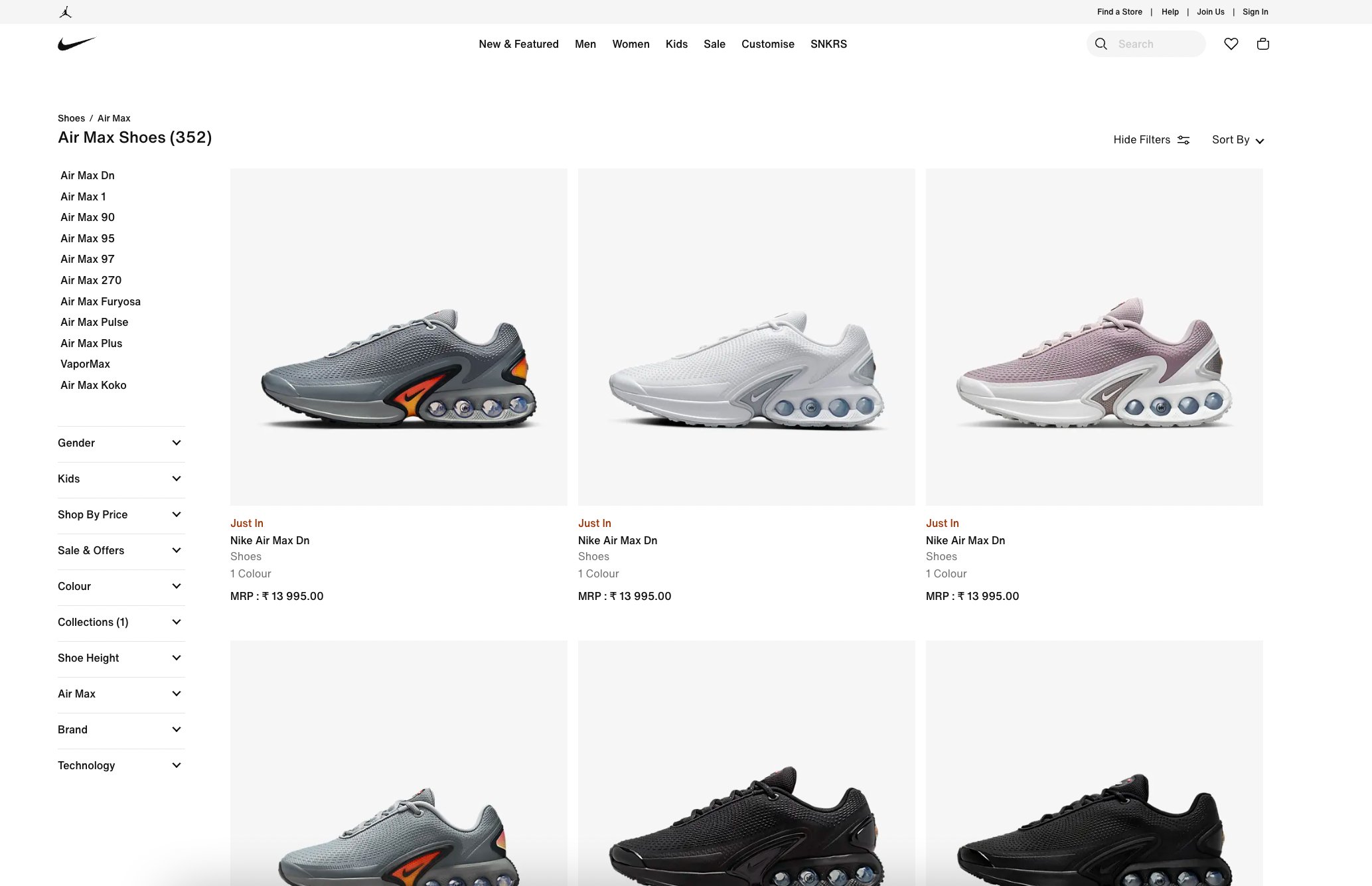
4. Concise copywriting
Concise, persuasive copy is essential for conveying value and compelling visitors to take action.
Bullet points, numbered lists, and bold text can help emphasize key benefits and make the content more scannable.
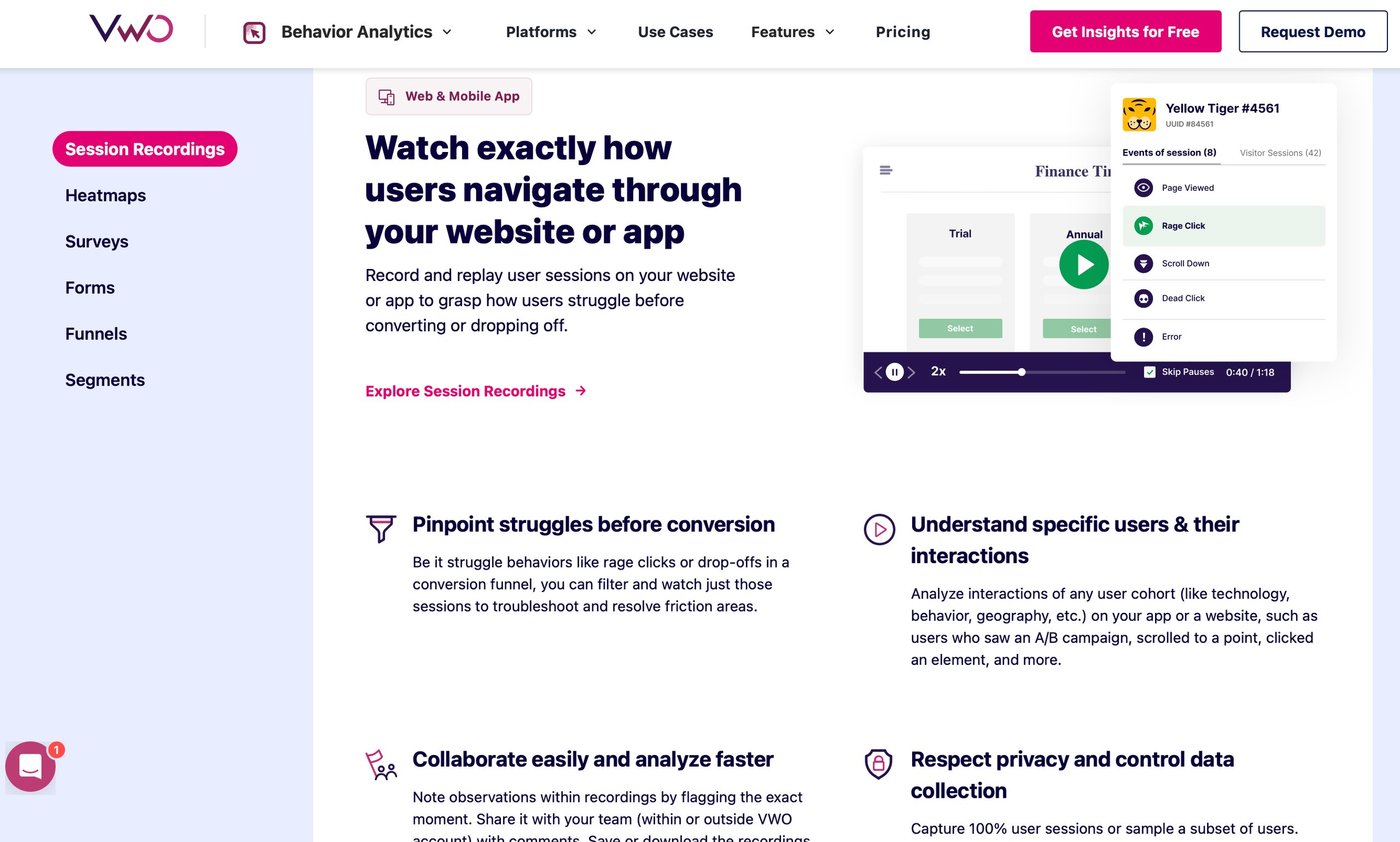
5. Social proof
Incorporating testimonials, reviews, or user-generated content builds credibility and trust, assuaging any doubts visitors may have.
Phrases like “Our customers back our stack too” instill confidence and encourage conversion.
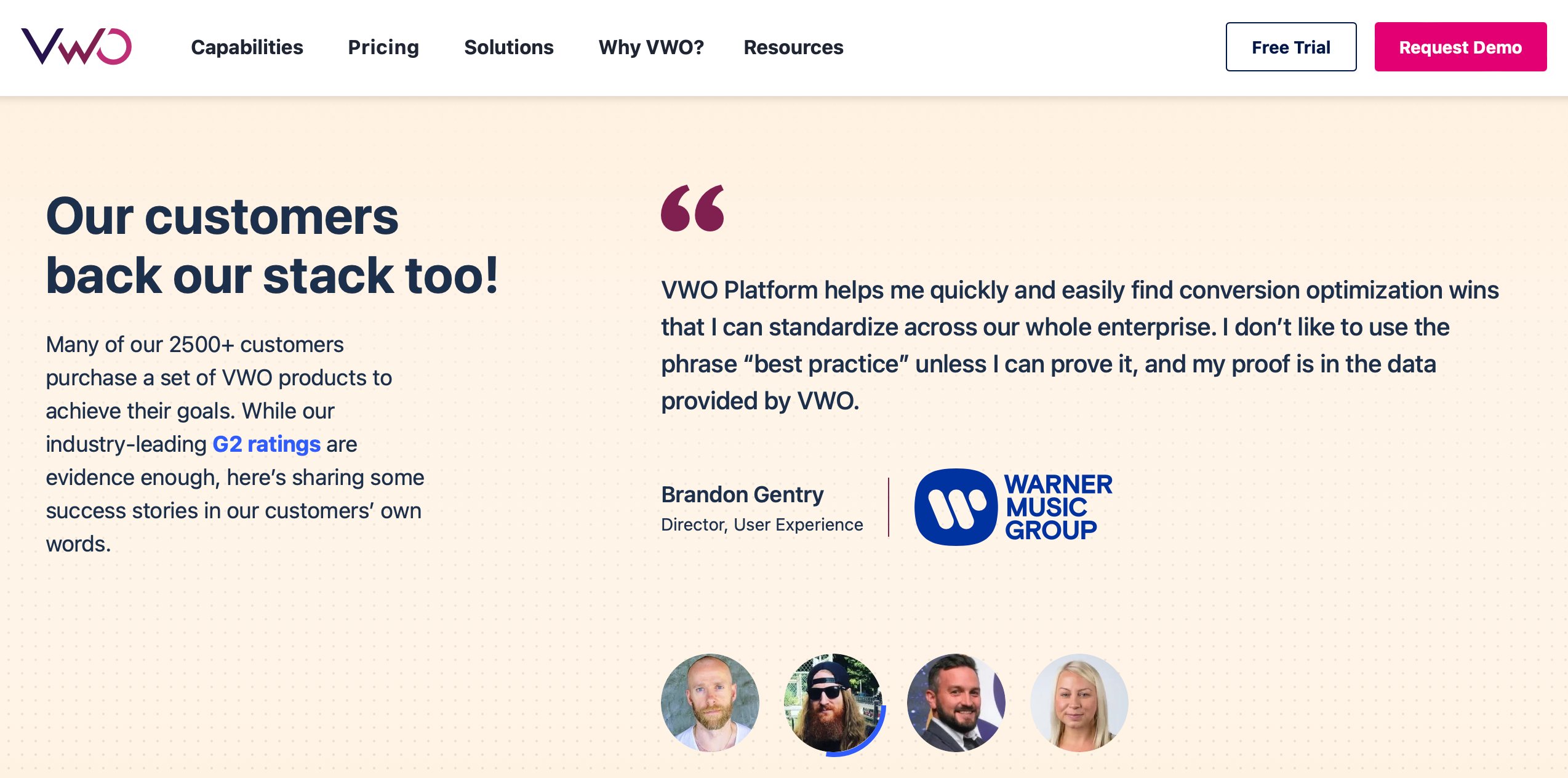
Difference between click-through pages and lead-generation landing pages
While both serve as critical touchpoints in the customer journey, each fulfills a distinct purpose and requires a tailored approach to effectively drive desired outcomes.
Below are the key differences between click-through pages and lead-generation landing pages.
| Aspect | Click-through Pages | Lead generation landing pages |
| Primary objective | Immediate conversions | Lead capture |
| Key focus | Guiding visitors towards immediate action | Capturing visitor information for future follow-up |
| Conversion action | Clicking on a call-to-action button to convert | Filling out a form or providing contact information |
| Information captured | Minimal (e.g., purchase, sign-up) | Comprehensive (e.g., email, name, company, phone number) |
| Follow-up strategy | Typically immediate or transactional follow-up | Often involves nurturing leads through email or phone |
| Typical use case | eCommerce, product launches, limited-time offers | Newsletter sign-ups, gated content, webinar registrations |
Measurement and optimization
Effective measurement allows businesses to gain insights into the performance of their click-through pages and identify areas for improvement. By monitoring key metrics such as conversion rate, click-through rate (CTR), bounce rate, and return on investment (ROI), businesses can gauge the effectiveness of their click-through pages in achieving desired objectives.
Continuous optimization is essential for refining click-through pages and maximizing their conversion outcomes. By leveraging data-driven insights, businesses can identify areas of improvement and implement strategic changes to enhance the performance of their click-through pages over time.
Optimization efforts may involve adjusting elements such as headlines, visuals, CTAs, and copywriting to better resonate with the target audience and drive desired actions.
How VWO can help you enhance click-through page performance
VWO is a powerful conversion optimization platform that empowers businesses to create, test, and optimize click-through pages for maximum impact. Here’s how VWO can elevate your click-through page performance:
1. A/B testing
You can conduct A/B tests to compare different variations of your click-through pages and identify the most effective elements, such as headlines, CTAs, or visuals.
2. Personalization
You can create personalized experiences for different segments of your audience, delivering tailored click-through pages based on factors such as demographics, behavior, or past interactions.
3. Insights and analytics
Insights and analytics, allow you to track visitor behavior, analyze conversion funnels, and gain actionable insights to continuously refine your click-through pages.
Start a 30-day all-inclusive free trial today to explore all the features and capabilities of VWO.
Conclusion
In conclusion, click-through pages play a pivotal role in driving business growth by guiding visitors toward conversion. By understanding the key components of effective click-through pages, leveraging compelling examples, and harnessing the power of VWO for optimization, businesses can unlock the full potential of these invaluable marketing assets and achieve their conversion objectives with precision and efficiency.










